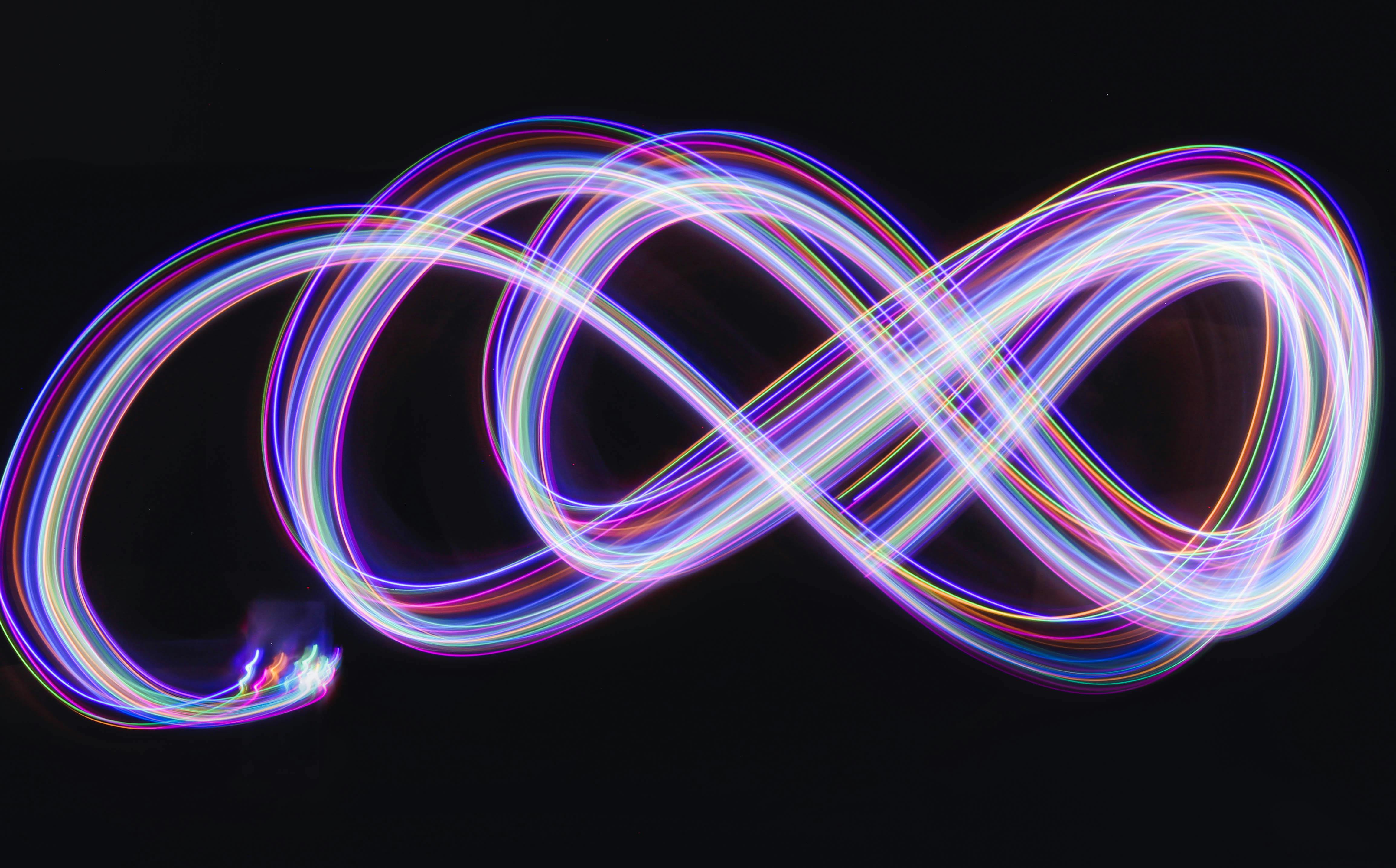If you've been clinging to the idea of a linear customer journey — awareness to consideration to purchase — it's time for a reality check.
Enter: the Messy Middle.
A concept brought to life by Google's research team, the messy middle is the chaotic, looping, non-linear space between a trigger and a purchase. It throws the old-school funnel on its head and asks marketers to embrace complexity.
What is the Messy Middle?
Imagine this: a consumer sees an ad (the trigger), and instead of sliding neatly down a funnel, they enter a loop. A loop of exploration (looking at options) and evaluation (narrowing them down). Back and forth. Sometimes for minutes, sometimes for weeks. It's messy. It's emotional. And it's never the same twice.

The diagram above sums it up — this isn’t a funnel, it's a figure-eight of intent. Consumers don't follow predictable, straight paths — they toggle between researching, comparing, pausing, and restarting — often influenced by brand exposure, subconscious biases, real-time comparisons, social proof, deals, delivery times… the list goes on.
This is true for both B2C and B2B buyers. The only difference? B2B journeys often involve more decision-makers, longer cycles, and higher stakes — but the human behaviour behind those decisions is strikingly similar.
Behavioural biases in action
Google's study identified six key cognitive biases that shape decisions in the messy middle:
- Power of now: the closer the reward, the stronger the desire.
- B2C example: Same-day delivery from Amazon increases conversion rates.
- B2B example: Instant access to a free trial or demo can outperform gated whitepapers.
- B2C example: Same-day delivery from Amazon increases conversion rates.
- Social proof: we look to others for cues.
- B2C: Glowing reviews on a product page tip the scales.
- B2B: Case studies and client logos build trust fast.
- Category heuristics: shortcuts or rules of thumb for decision-making.
- B2C: "High protein" on snacks or "sulfate-free" in shampoo.
- B2B: "ISO-certified" or "SOC 2 compliant" gives immediate credibility.
- Authority bias: we trust experts.
- B2C: Endorsements from doctors, athletes, or influencers.
- B2B: Industry awards, third-party analyst recognition (e.g., Gartner, Forrester).
- Scarcity bias: limited-time offers drive urgency.
- B2C: "Only 2 left in stock" or countdown timers.
- B2B: Limited seats for a webinar or "last chance" for early-bird pricing.
- Power of free: free beats logic.
- B2C: Free shipping or free samples.
- B2B: Free tools, calculators, or templates help warm up leads.
Why it matters
Traditional funnels assume buyers move logically and sequentially. But in reality:
- People bounce between tabs comparing brands
- They read reviews, watch videos, and check social feeds
- They almost buy, then get distracted, only to return later — or not at all
That's the messy middle in action.
So, what can brands do?
To show up and stand out, you need to design your marketing strategy around this messy reality:
- Be findable: if people can't find you when they're researching, you're not even in the game. Make sure you're visible when buyers are exploring. SEO, paid search, review platforms, and marketplaces matter, e.g., invest in third-party reviews, nail your LinkedIn presence and organic content.
- Reduce decision fatigue: make it easy to compare you with competitors — and win, e.g., product comparison tools, clear USPs, transparent pricing, ROI calculators, "Why us" pages, easy-to-scan benefits. Your site should load fast, look credible, and feel trustworthy.
- Create compelling nudges: use behavioural science to nudge people toward action — subtly and ethically, e.g., leverage scarcity and social proof in ads and landing pages, use authority bias and urgency in CTAs.
- Re-engage thoughtfully: people often leave mid-loop. Smart targeting keeps you top of mind, e.g., abandoned cart emails, SMS nudges, LinkedIn retargeting, email nurture campaigns, sales follow-ups triggered by intent data.
TL;DR
The buyer's journey is no longer a funnel — it's a loop. A messy, emotional, non-linear loop.
The brands that win are the ones who stop trying to force a straight line and instead build experiences that work with — not against — human behaviour.
So the question is:
Are you still building funnels, or are you ready to play in the messy middle?

